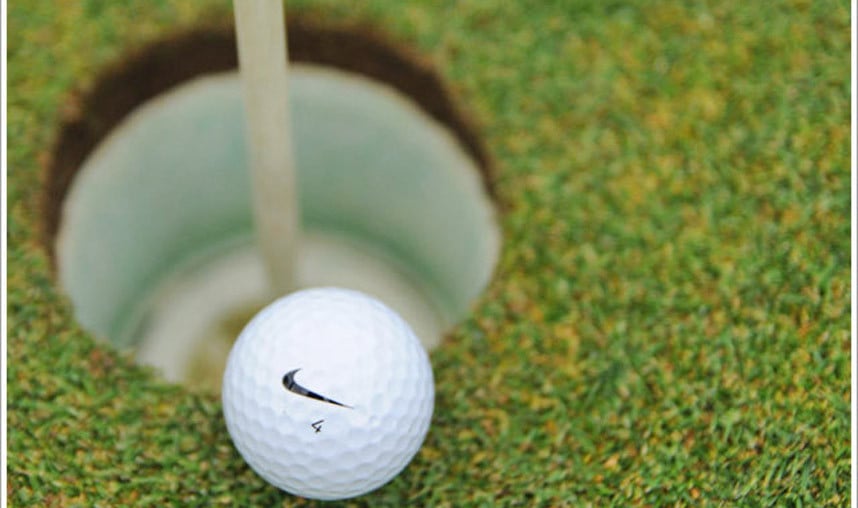Golf Tip
Golf Tip - 4 Ways to Read Greens and Sink More Putts

Golf Putting Tips from Craig Pence, former Colorado State player
Whether you’re a beginner golfer trying to save par to break 90 or a seasoned veteran looking to break even, you reach the green and your first thought is, “what’s this putt going to do?” This is typical among golfers, and in fact, green-reading is one of the fundamentals of putting that we teach at all of our short game golf schools. It’s your first thought for how to get your ball close or into the hole, but if your “green-reading” is really a bunch of guessing and you’re rushing through it, you’re in for a long round with quite a few putts.
In my twenty years of playing competitive golf and playing college golf at the University of Colorado, I’ve heard and seen everything from standing to the side of your ball and making “imaginary strokes” toward the cup to getting an eye exam to make sure you’re seeing what’s really there - might not be a bad idea! My point is that there is so much information available and what works for one person might not work for another. Keeping this in mind, here are my tips to becoming a more consistent green reader and sinking more putts.
Tip #1: Pace Off Your Putt – Twenty years ago, I attended junior golf camps during the summer in Monterey, CA. I learned if you don’t know how far away you are from the hole, it’s going to be very difficult to judge the speed of your putt. I see many amateur golfers who get to the green, squat behind the ball, take five seconds to look at who knows what and smack the ball ten feet past the hole only to miss the next one and walk away with a three jack. Next time you get to the green, mark your ball and pace off your putt. Count your paces and multiply the number by three to calculate how many feet you are from the cup. Over time, you’ll develop a consistent feel for the length of stroke needed depending on the length of the putt.
Tip #2: Take A Lap – Once you’ve paced off your putt and arrived at the cup, take a few steps back keeping in line with your ball and have a look at the break. Imagine pouring your water bottle into the cup until it overflows. What direction (left or right) is the water going to spill out in? To the left? Great! Now you know what the break is doing within the last pace or two before the cup – this is physics, not rocket science. Finally, walk to the low side of the putt (whichever direction the water flowed out) halfway between your ball and the cup and crouch down to get an idea of how severe or steep the slope is. This part is all about feel, which comes naturally with time and practice.
Tip #3: Return To Your Ball – It seems like the first two steps would take awhile, but you shouldn’t take more than 30-60 seconds to pace off your put, view from behind the cup and visualize the water, and feel the slope from the low side of the hole. To keep up with the pace of play, try to do this while you’re waiting your turn. If you’re furthest from the hole, it’s okay to take some time as everyone else is reading their putts. Now take a couple paces back from your ball and, with all the information you just gathered, get a feel for the break of your putt. Can you identify the apex (highest point) of the break? By now you should be confident in your read, but if not, take a quick walk back to the midway point between you and the cup. Stand over your line to get a better idea of the break while taking a couple strokes to get a feel for your speed. You should be confident and comfortable before hitting any putt.
Tip #4: Go Through Your Pre-stroke Routine – If you don’t have a putting routine you absolutely love, try this: Stand next to your ball, lined up in the general direction of where you want your ball to start its line and take two practice strokes that replicate what you want your real stroke to feel like. Address your ball. Take one look down your line and all the way to the cup, seeing the ball go in. Take a second look down your line to the apex of the break and then down to the hole. Stroke your putt. This is the simplest routine I know and it’s helped me putt at an elite level for a very long time.
Check out more junior golf drills and tips and improve your game!
